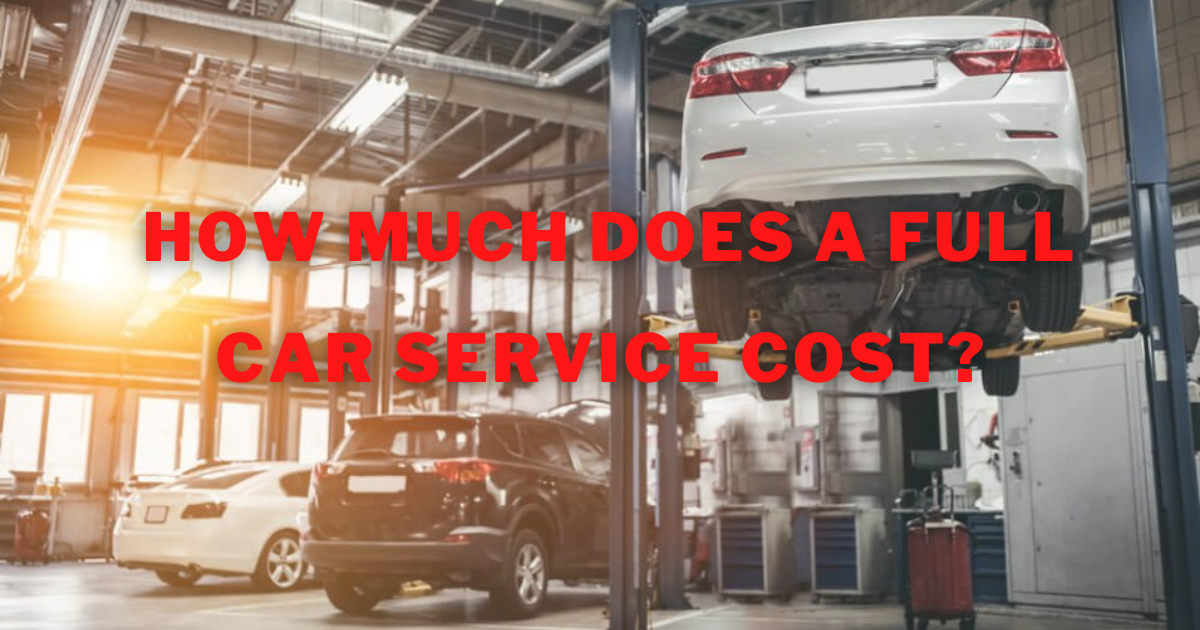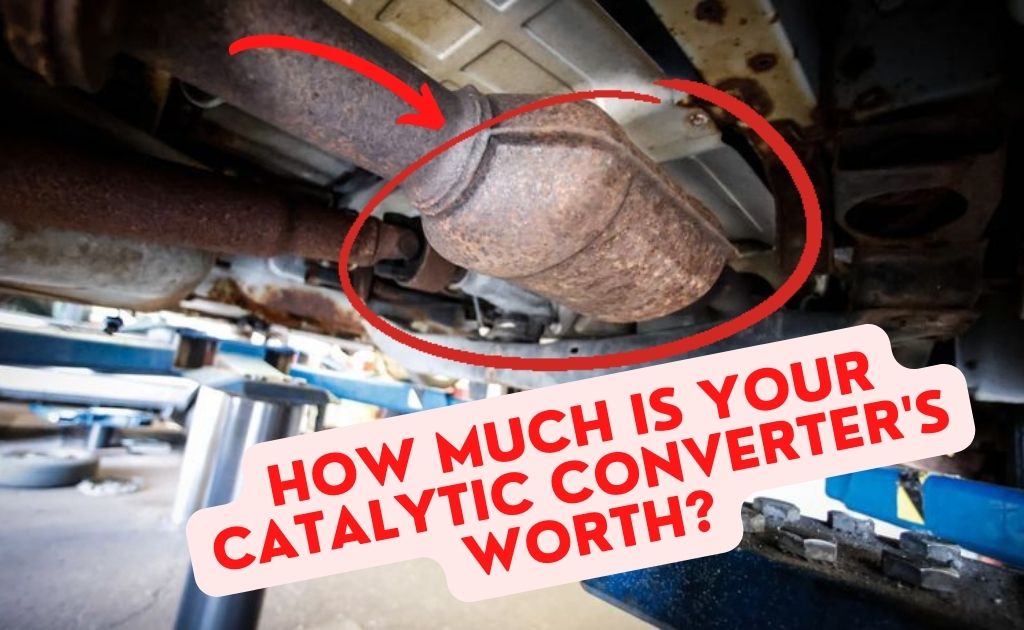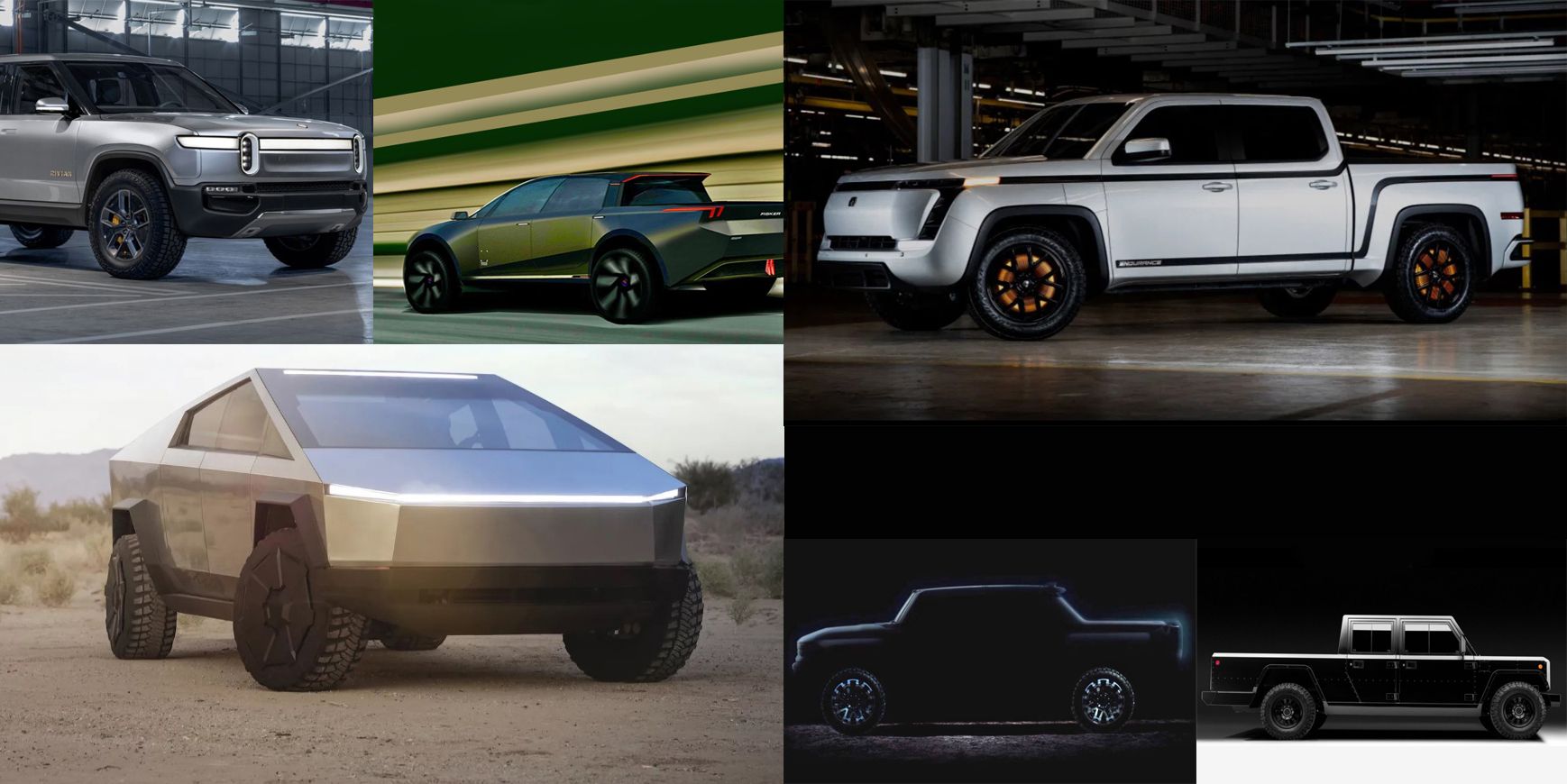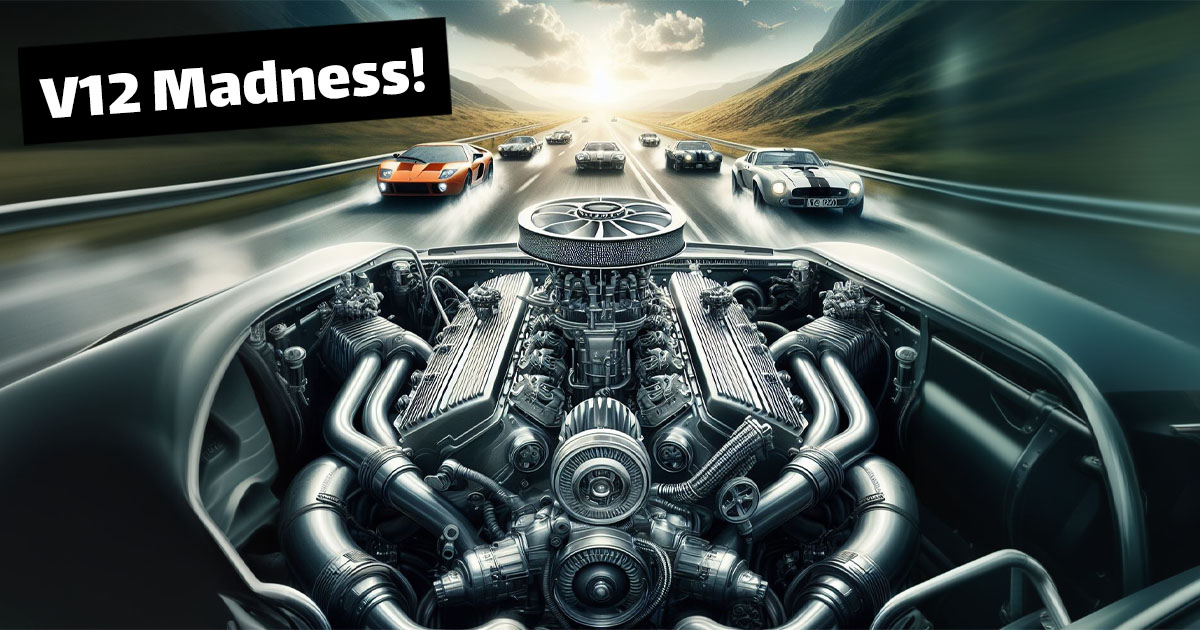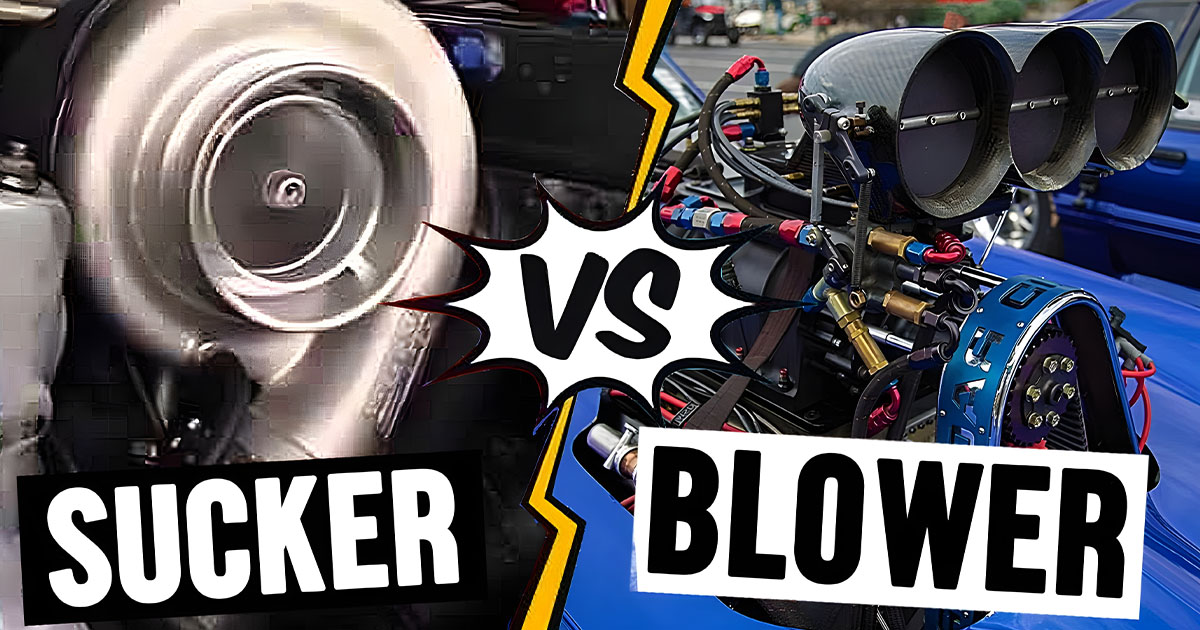
The terms “turbocharged” and “supercharged” have entered the American vocabulary. They’re routinely mentioned by everyone from politicians to TV reporters to comedians in cars getting coffee. And, though these expressions are popularly understood to suggest that anything is given more life, made more strong or highly emotive, accelerated, or enhanced, most people are unaware of the technology that provide those phrases with their meaning. What exactly are turbochargers and superchargers, and which is superior?
More power needs more air
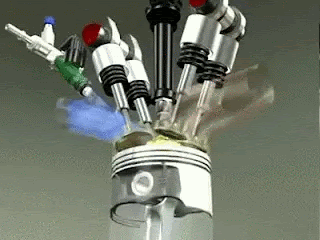
The amount of power produced by an internal combustion engine is determined mainly by how much fuel it can burn and how fast and effectively it transforms that heat into mechanical force. However, because fuel requires air (specifically, the oxygen found in air) to combust, an engine’s maximum output is essentially determined by how much air it can take in to burn that fuel.
As a result, pumping more air into an engine than it would typically absorb allows it to burn more fuel and create more power. A turbocharger or a supercharger can provide this extra intake of air. Both are air compressors, yet they work and perform in quite different ways.
Two Technologies Serving a Single Purpose
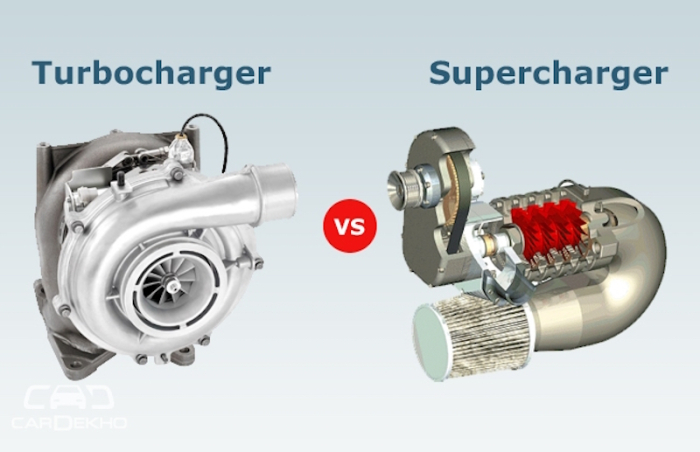
A turbocharger uses the velocity and heat energy of the hot (and expanding) exhaust gases flowing out of an engine’s cylinders to spin a turbine, which powers a tiny compressor or impeller, which stuffs more air back into the engine. A supercharger, like a turbocharger, adds more air to the engine, but it is powered physically by the engine through a belt that spins off the crankshaft or by an electric motor.
Advantages and Disadvantages
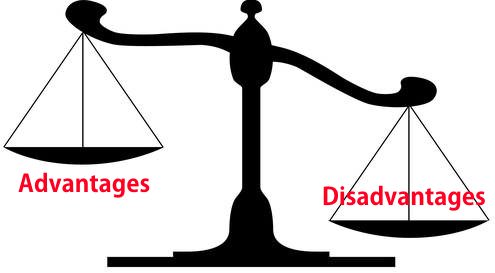
Each of these performance-enhancing technology has pros and cons. Still, the most noticeable difference from behind the wheel is a slight delay in response to your right foot in a turbocharged vehicle, especially when you press hard into the pedal. That’s because the turbocharger needs a second to “spool up” before providing its burst of extra power—it takes a second for exhaust heat and pressure to build up enough to spin the turbo after you hit the gas pedal. For obvious reasons, it’s referred to as “boost lag” or “turbo lag.”
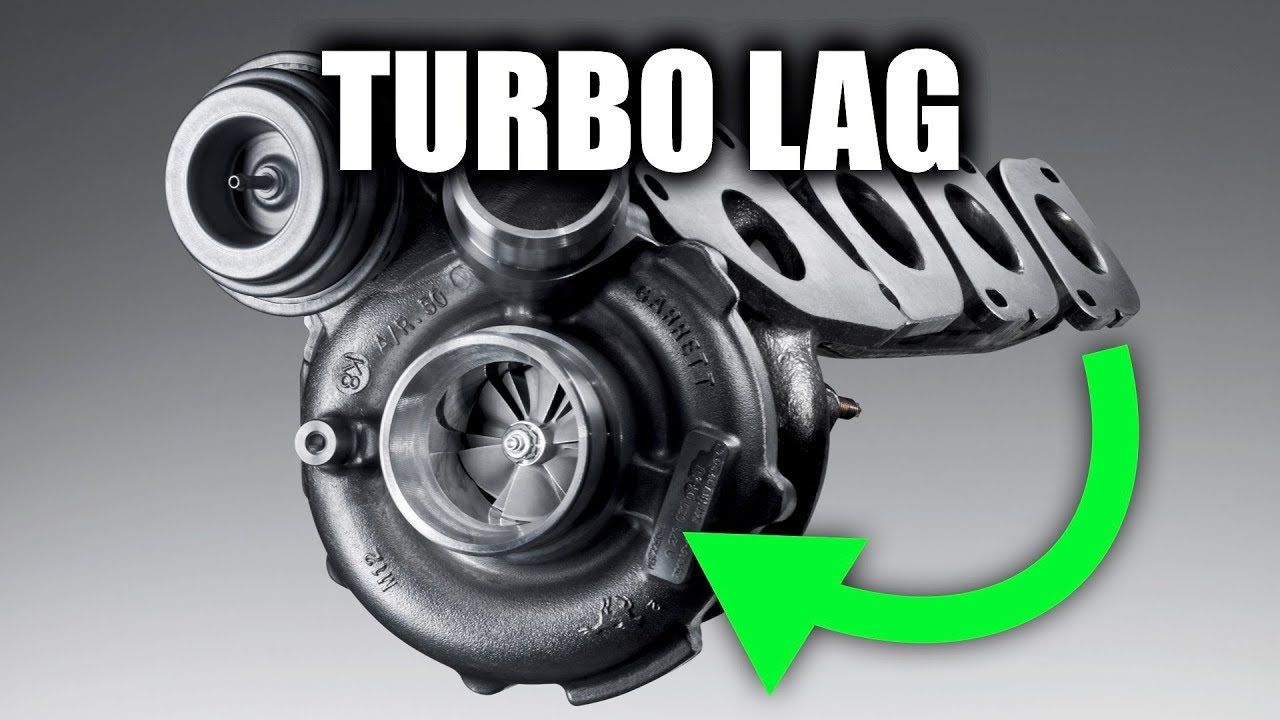
A supercharger, on the other hand, has no lag; because its air pump is directly connected to the engine’s crankshaft, it is continually spinning and quickly responsive. The power boost it gives, and hence the engine reaction you feel through the seat of your trousers, grows in direct proportion to how far you press the pedal.
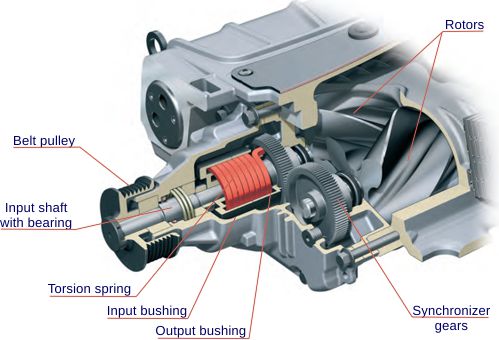
While the fundamental disadvantage of the turbo is boost lag, the major disadvantage of the supercharger is efficiency. Because a supercharger spins itself using the engine’s own power, it drains power—more and more of it as engine RPM rise. Because of this, supercharged engines are less fuel-efficient. Supercharging, on the other hand, is the way to go when it comes to creating enormous power with a rapid kick-you-in-the-back throttle response. It’s used in several high-performance vehicles, including the 650-horsepower Chevrolet Corvette Z06 and 755-horsepower ZR1, as well as Dodge’s 700-plus-horsepower SRT Challenger Hellcats and Demons.
And the Grand Prize Goes to:
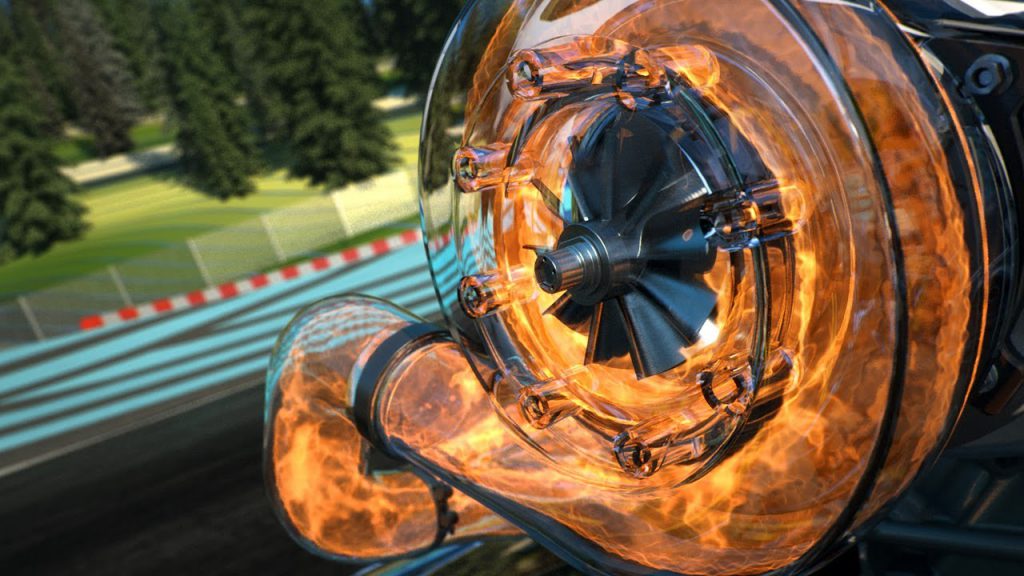
The automakers have made their choice: the turbocharger wins by a significant margin. It’s not so much about power as it is about fuel economy. Federal requirements for ever-improving fuel economy, strict greenhouse-gas emission rules, and customers’ demand for high fuel efficiency have compelled automakers to employ turbochargers rather than superchargers.

The turbocharger has enabled automakers to replace numerous V-6 engines with more economical turbocharged inline-four engines that produce at least similar power and frequently more tire-spinning torque. In contrast, turbo-six engines have replaced multiple V-8 engines in higher-performance sport and luxury cars. IHS Markit, a global information provider, lists 220 2018 models having at least one turbocharged engine and just 30 with a supercharged engine.
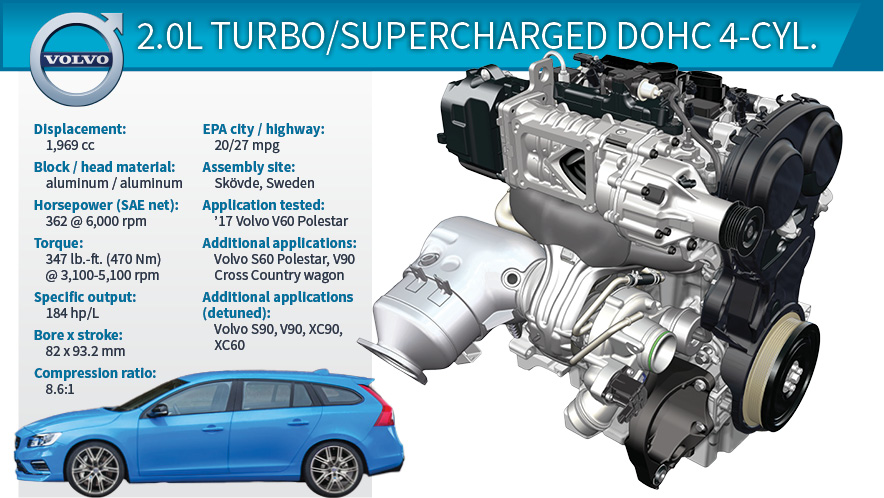
Volvo, a Swedish automaker, opted not to select between the two technologies. On certain of its 2.0-liter inline-fours, it presently uses both types of power boosters—a tiny, traditional (engine-driven) supercharger for low-end responsiveness and a turbocharger for higher-rpm power.
There’s a New Technology in Town: Electric Supercharging
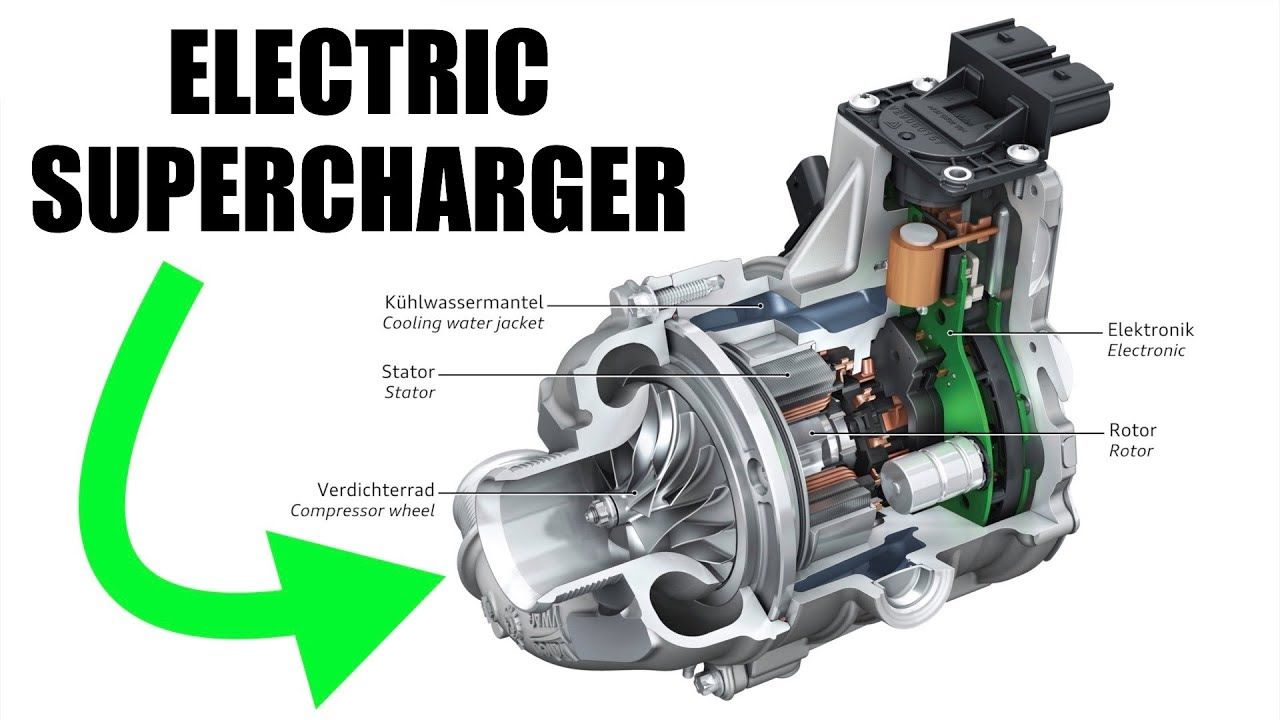
Electric supercharging is a new power-boosting option that has recently entered the market. Mercedes-AMG CLS53 and E53 performance versions for 2019 have a new turbocharged 429-hp 3.0-liter inline-six engine with an electrically powered supercharger that complements the turbo’s high-rpm boost. A compressor is spun by an electric motor to deliver a burst of low-rpm torque that bridges the power gap often felt as turbo lag.
According to BorgWarner, the electric supercharger “delivers boost on-demand until the turbocharger takes over, enhancing boost at low engine speeds and practically eliminating turbo lag.” We can certify that this engine works as described after extensive testing. It will be offered on engines from at least two more automakers in the near future.
Meanwhile, there is a clear winner in the decades-long war between power-boosting methods, at least according to automobile manufacturers, who have selected turbocharging for virtually all of their current-production power-boosted engines. But, in fact, the arm-wrestling contest continues. Both technologies are expected to coexist in the future of internal combustion engines, according to early indications.

